StuH 42 - Late Production. Takom 1/35
Whilst the big boys like the Panthers and the Tigers seem to get all the focus and glory, arguably the Stug could make a claim as being one of the most important vehicles of the Second World War. Inexpensive and easily manufactured the Stug was adaptable in its roles and through sheer numbers proved to be a valuable asset for the Germans.
With this in mind I must admit I haven’t ever built a STUG in my favoured scale of 1/35, so when I saw the latest Takom release of the StuH my interest was aroused, and things were about to change. The release is one of their ‘Blitz’ kits which generally means no interior and a simplified build. I have had nothing but favourable experiences with this range so adding this release to the build schedule was a very easy decision. Affordable with excellent detail as well as etch skirts and metal barrel options. What else could we ask for out of the box!
The version in the kit is the Sturmhaubitze or StuH. Designed in 1941, the StuH was a version of the StuG assault gun mounted with a 105mm Howitzer. Its main role was seen to be that of infantry support, and it was thought it’s powerful gun would operate as the perfect bunker buster. However, by the time the StuH was introduced into service the standard StuG had up-gunned significantly leaving the StuH to provide more of an infantry support role.
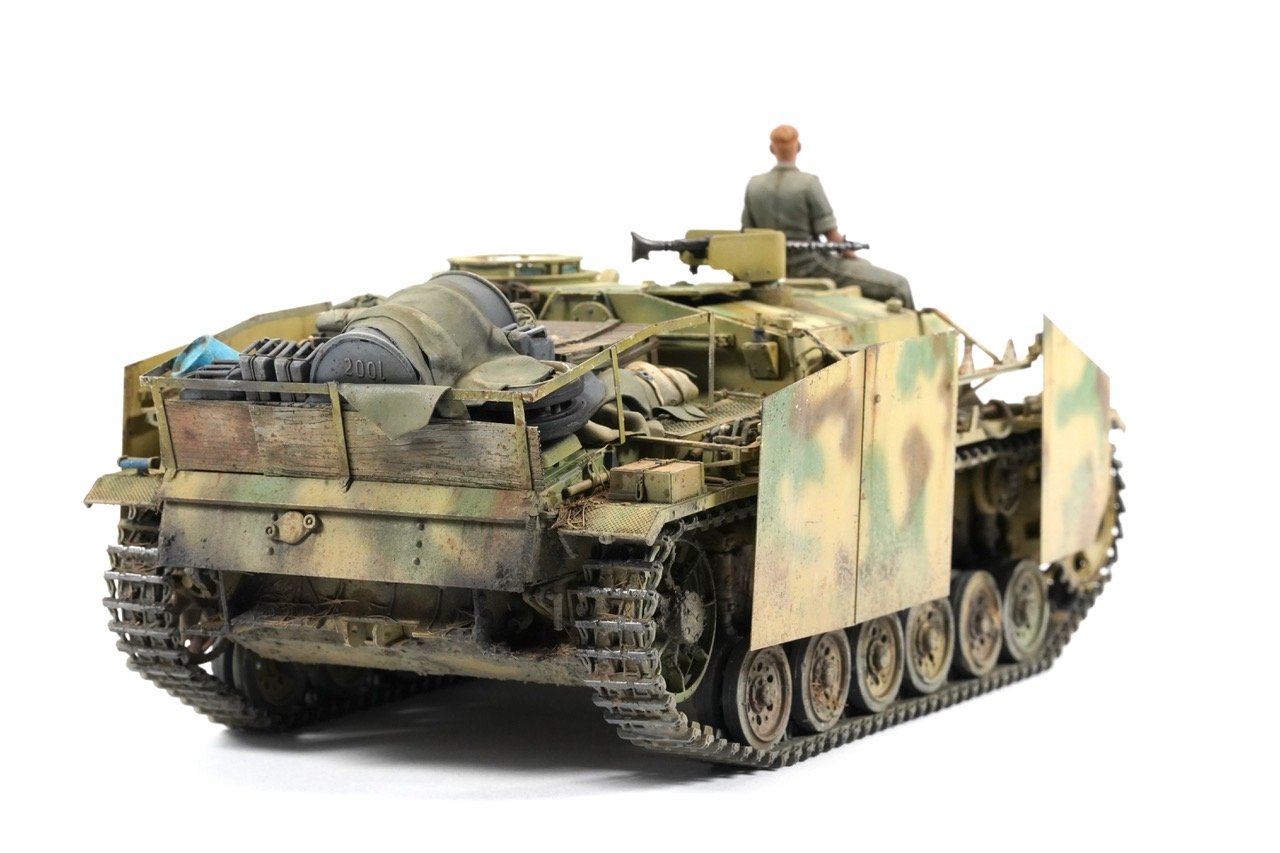
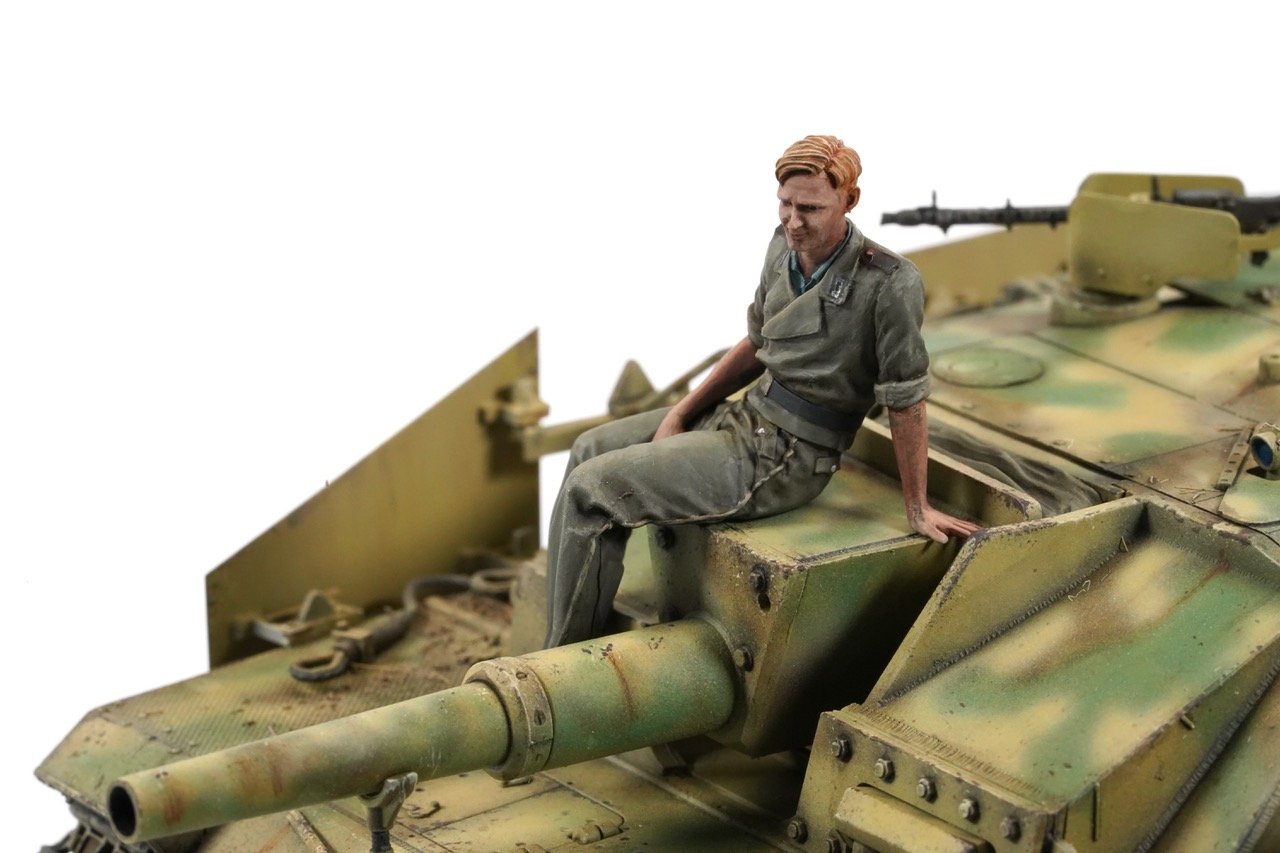
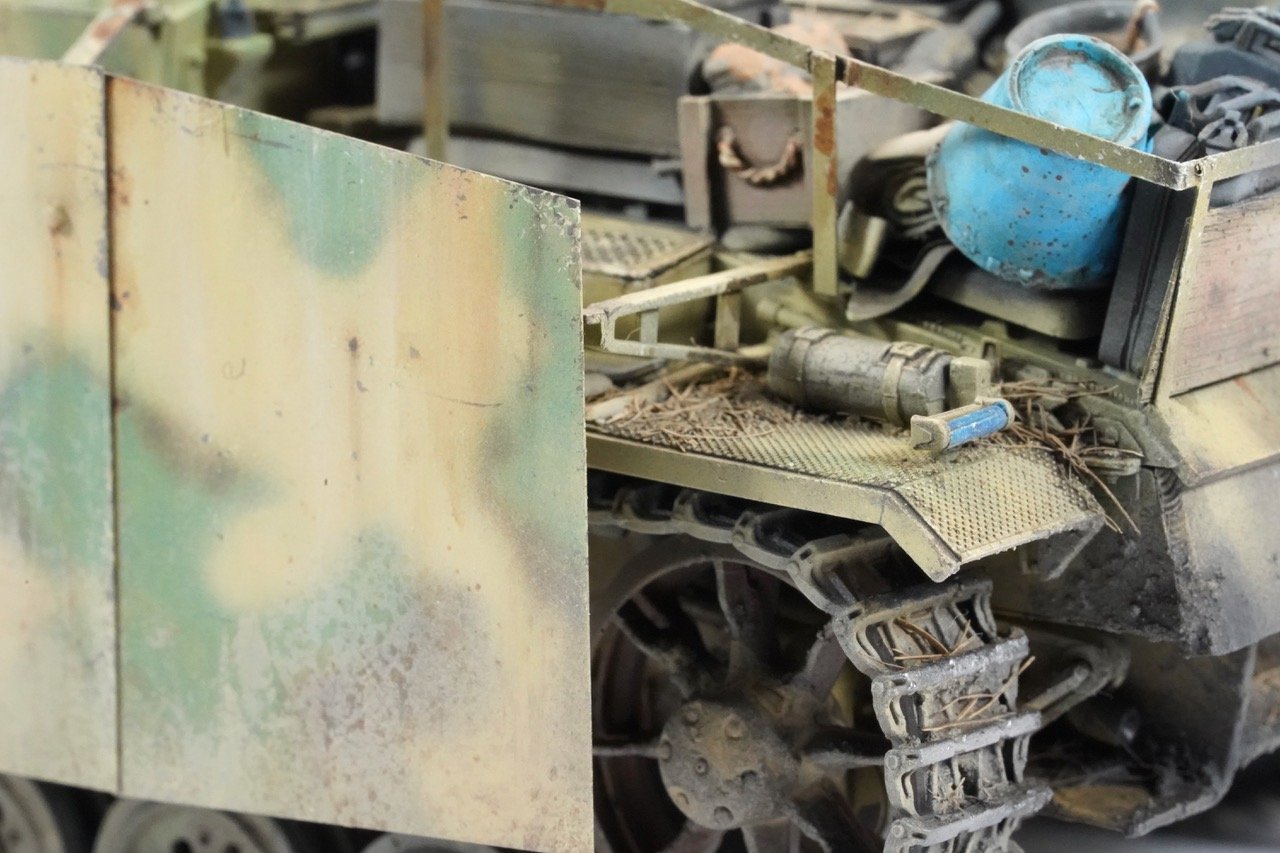
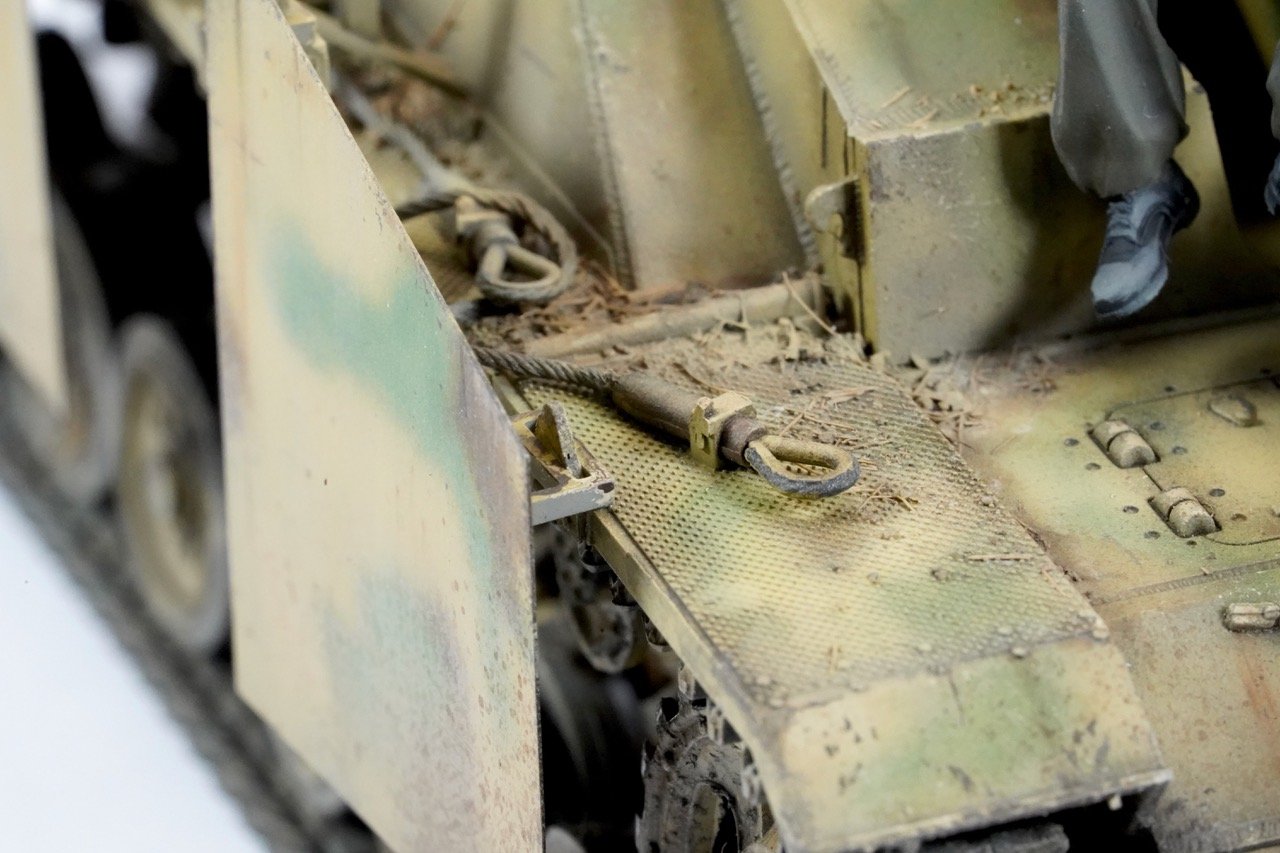
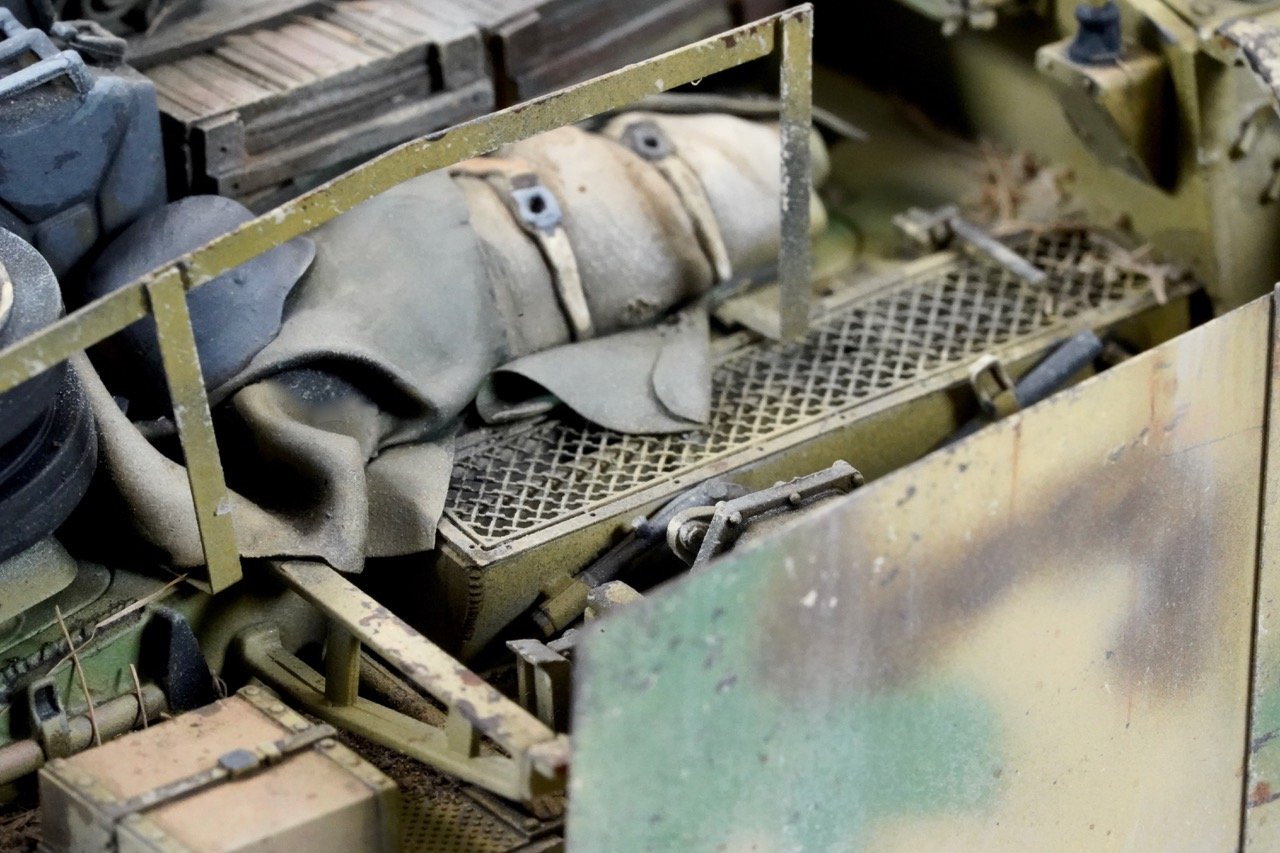
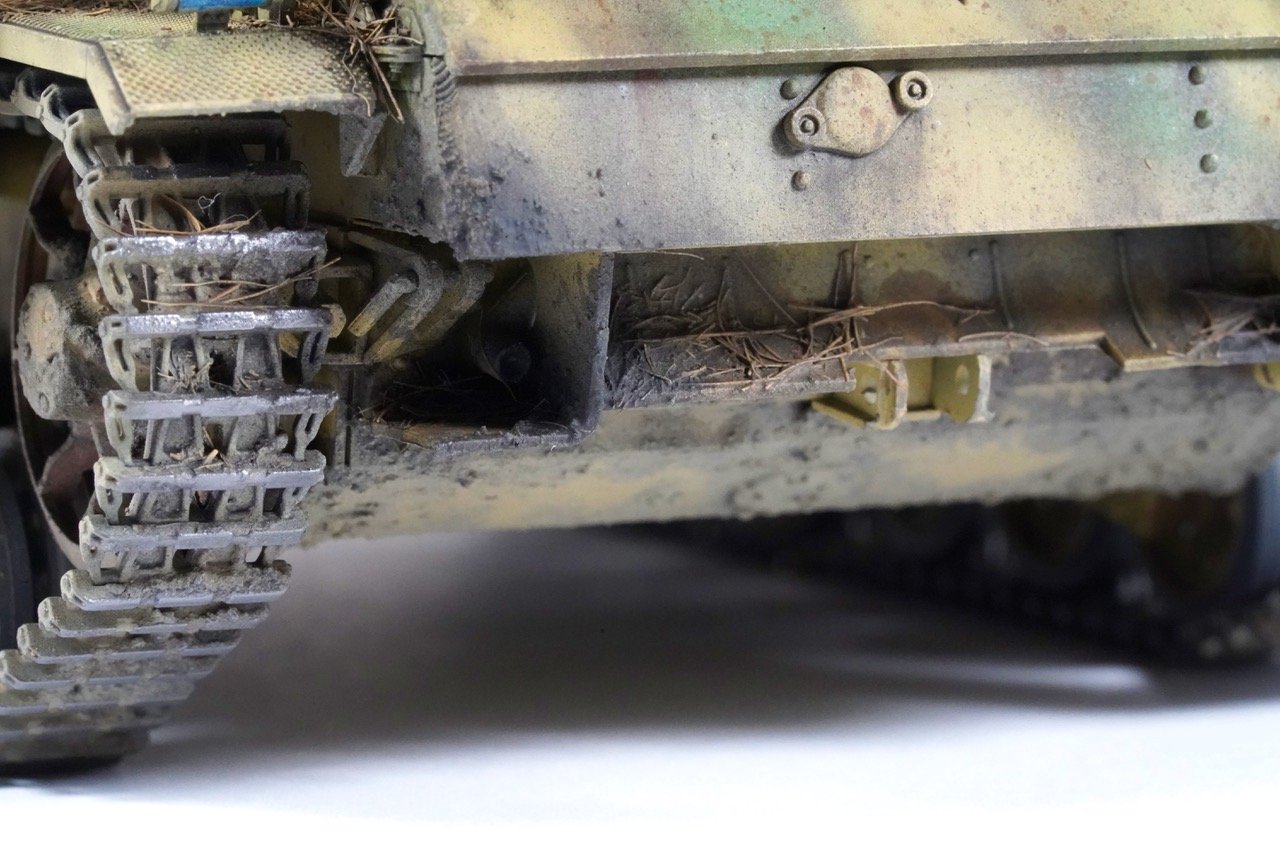
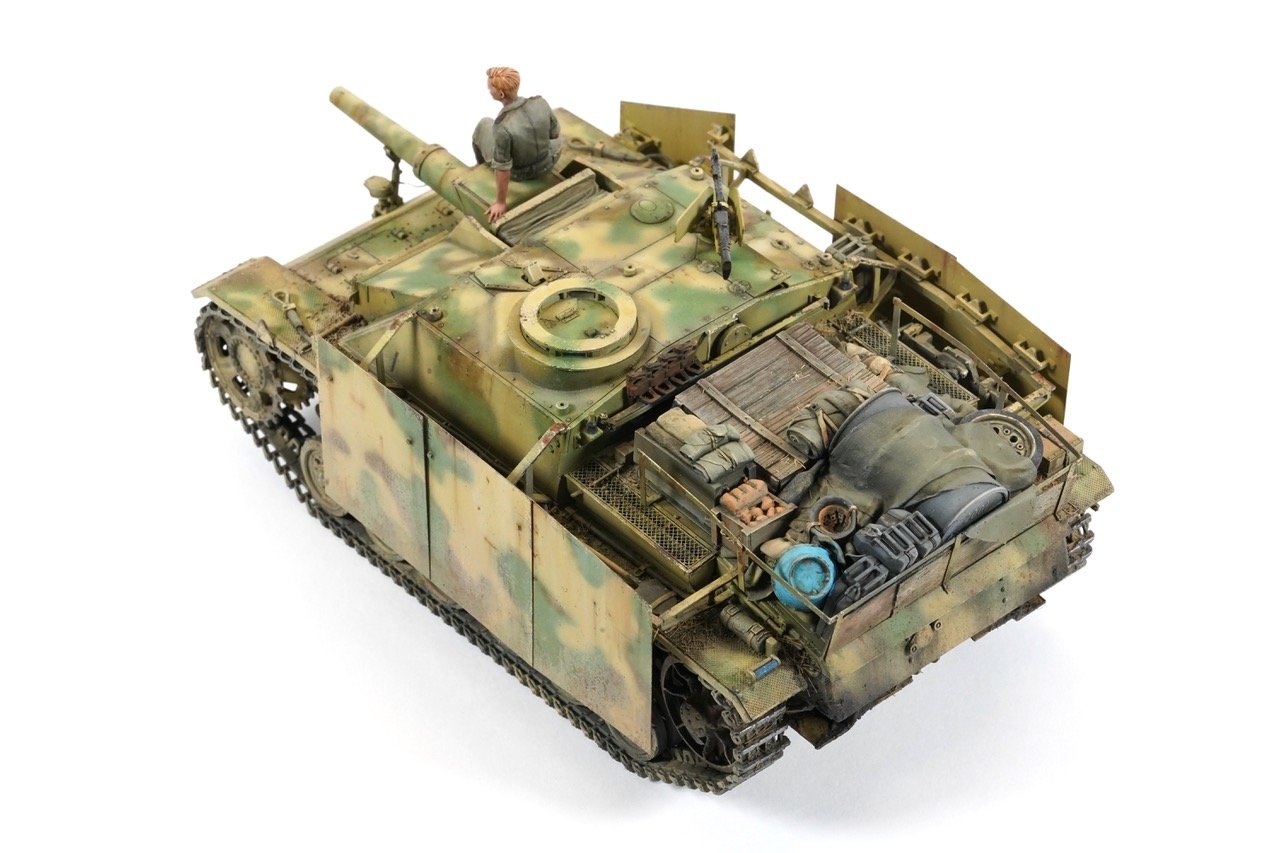
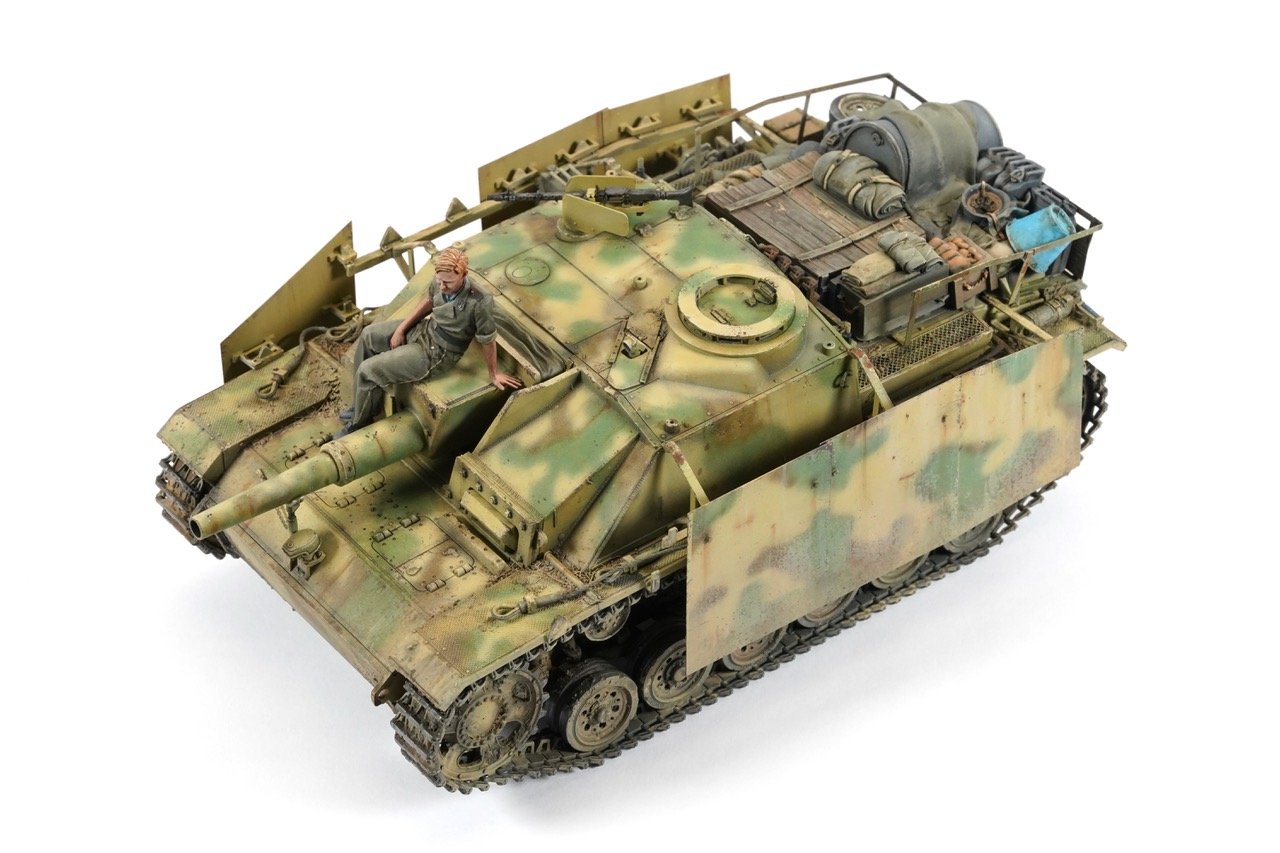
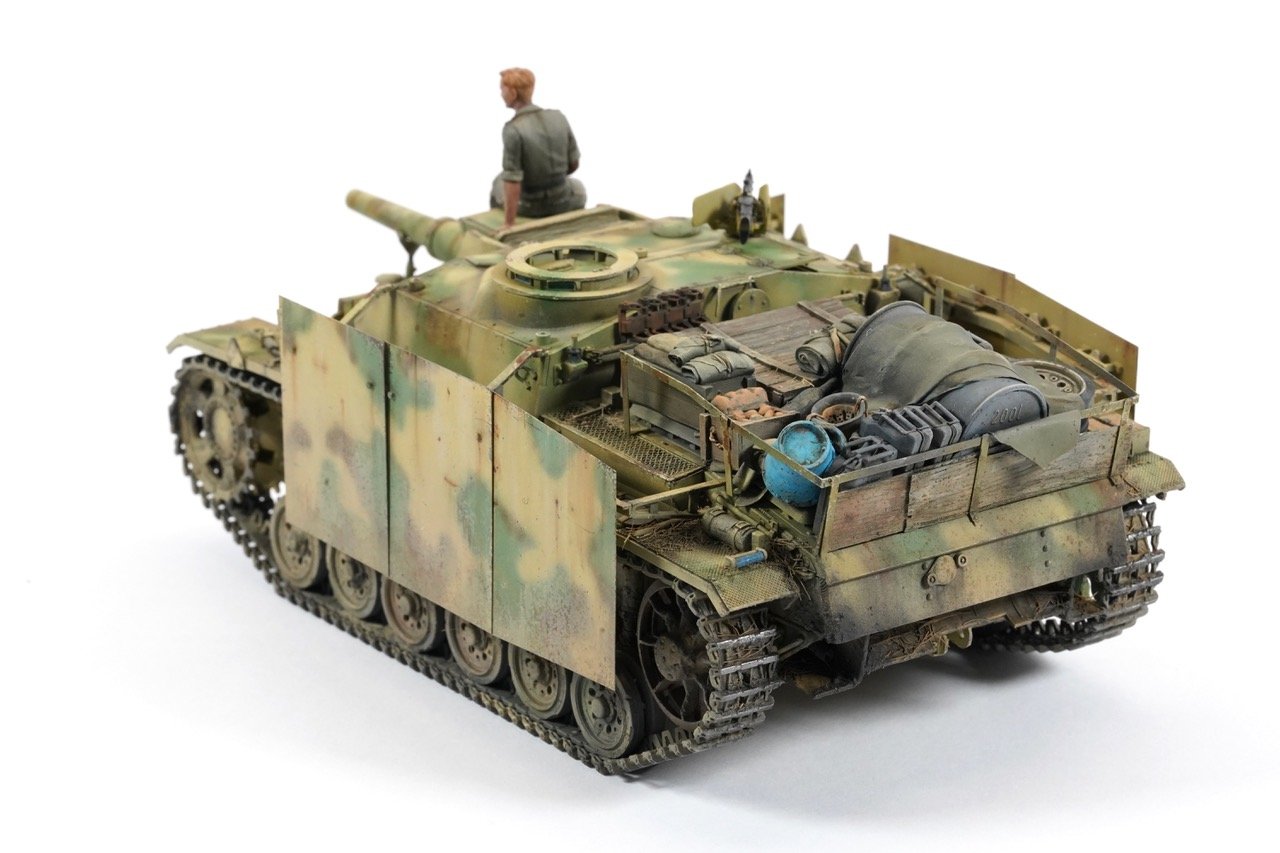
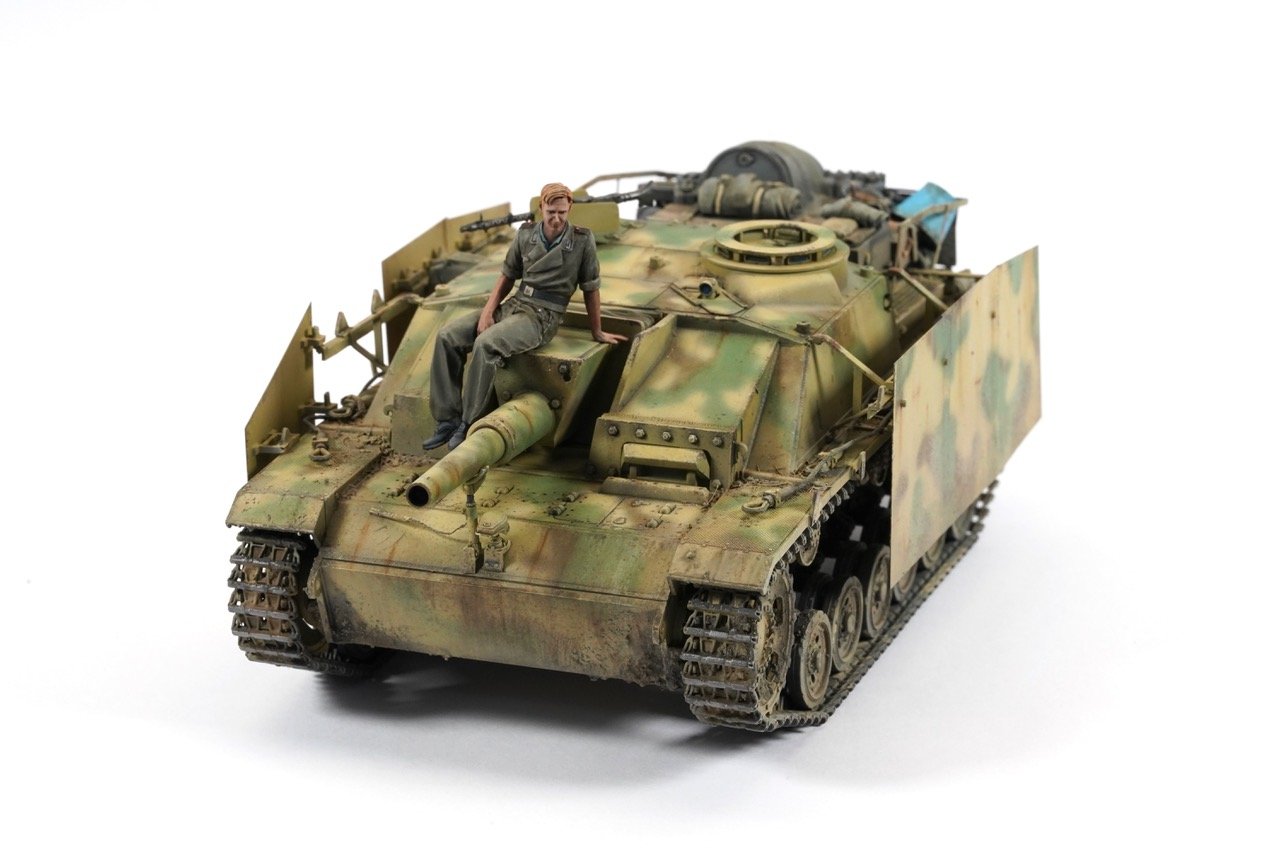
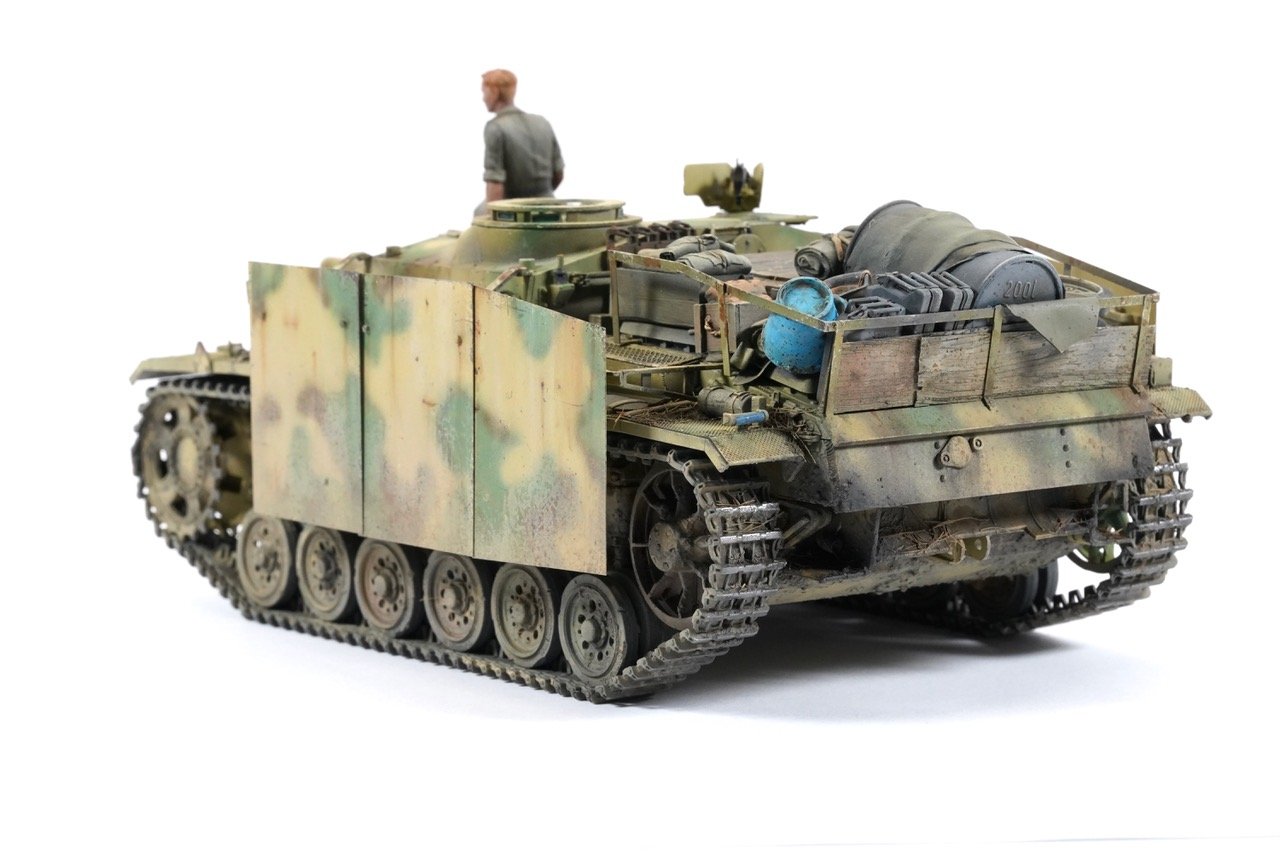
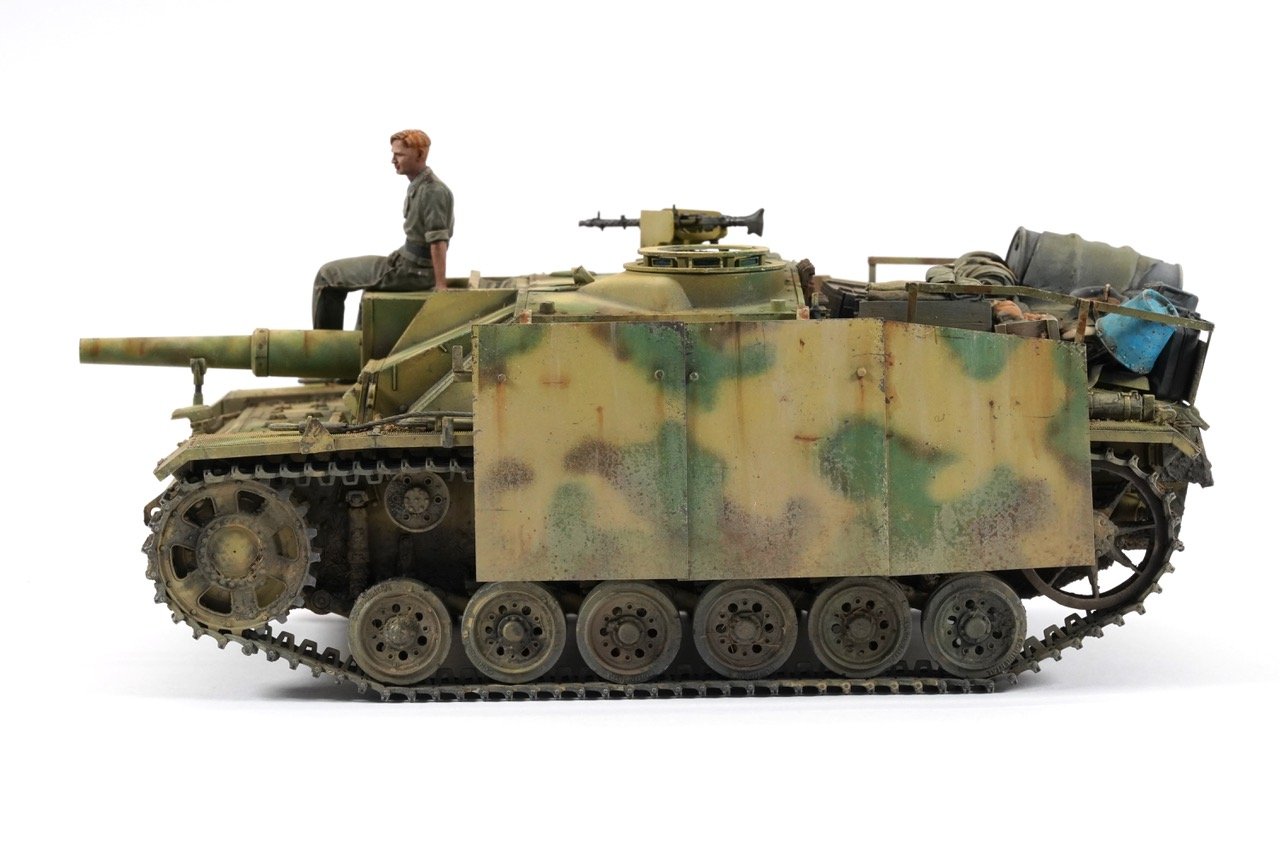
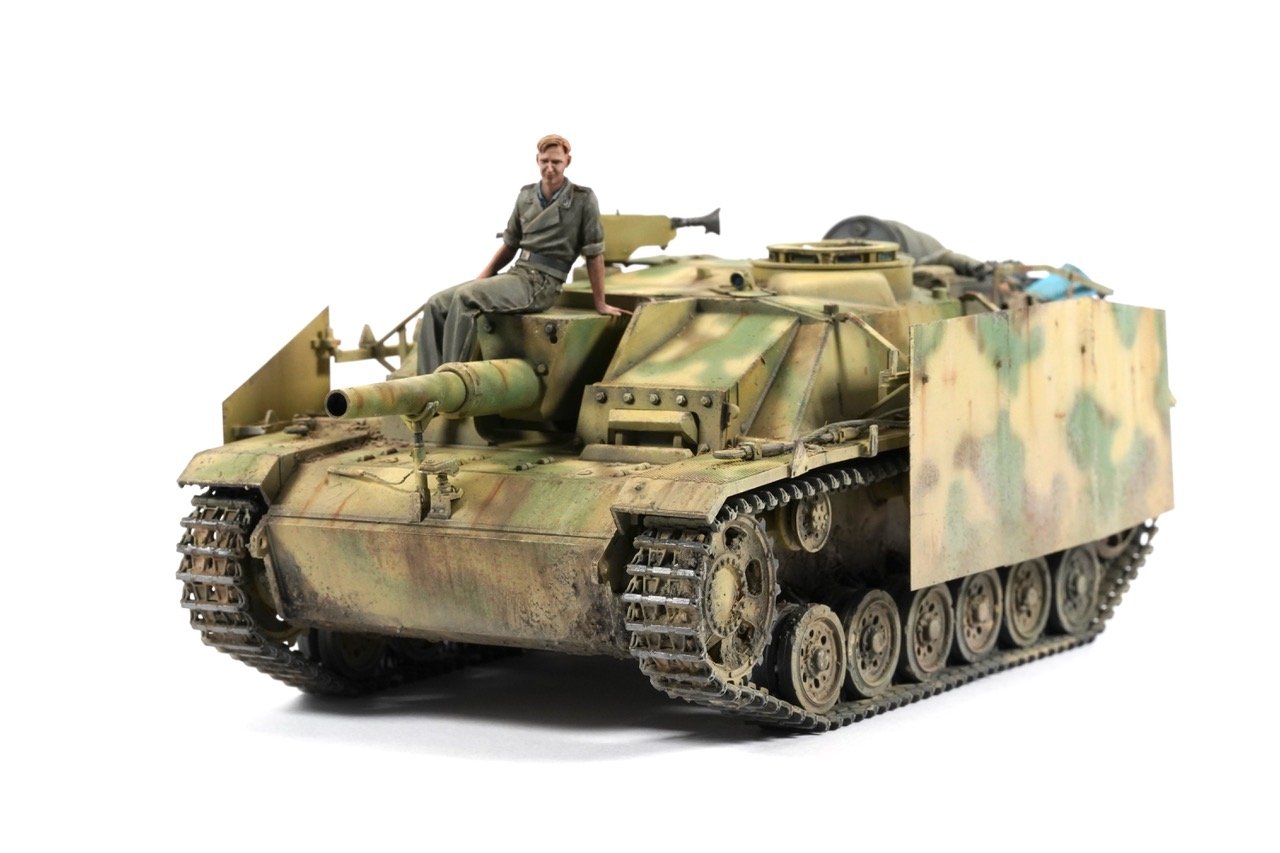
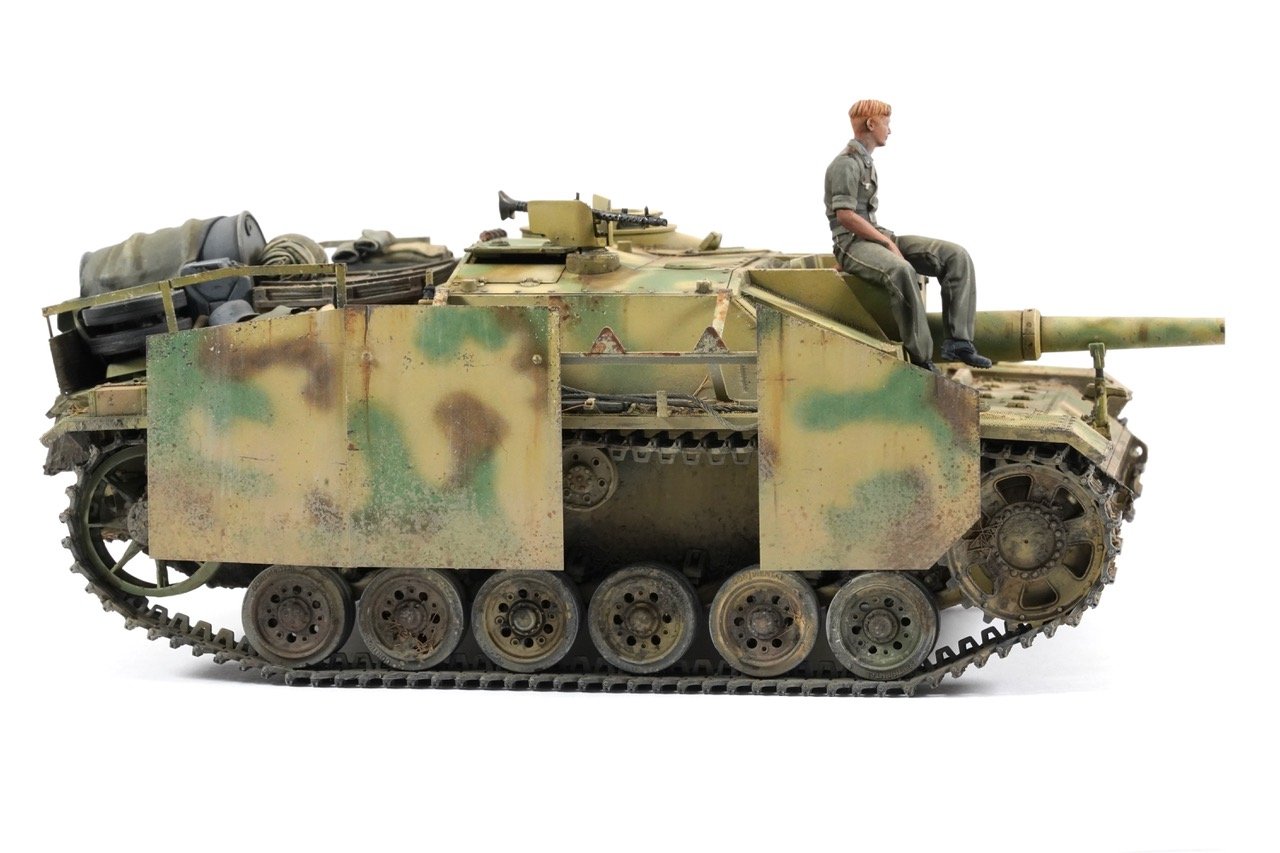
A brief history…
In March of ’42, the Alkett Production Plant mounted an experimental le.FH.18 Howitzer in the chassis of a StuG III Ausf E, and by October later that year 9 vehicles had been readied for combat. The initial run saw action in the south of Leningrad in late November.
Encouraged by the performance of the initial nine vehicles, Hitler set a production target of 24 StuH per month. By the end of 1943 an additional 204 vehicles were completed. Production then escalated to a point where at least 100 StuH’s were being produced per month.
The only major difference between the StuG and the StuH was the gun and the way it was mounted. The larger gun meant the range suffered somewhat with the elevation of the gun being from -6 degrees to +20 degrees. The guns ideal elevation was actually +45 degrees, so the limitations when fitted to the StuG meant the weapon could never truly meet its full potential.
The StuH performed best when it played a defensive role. Interestingly the barrel was initially delivered with a muzzle break but was later deemed obsolete and removed in order to reduce the cost of production.
